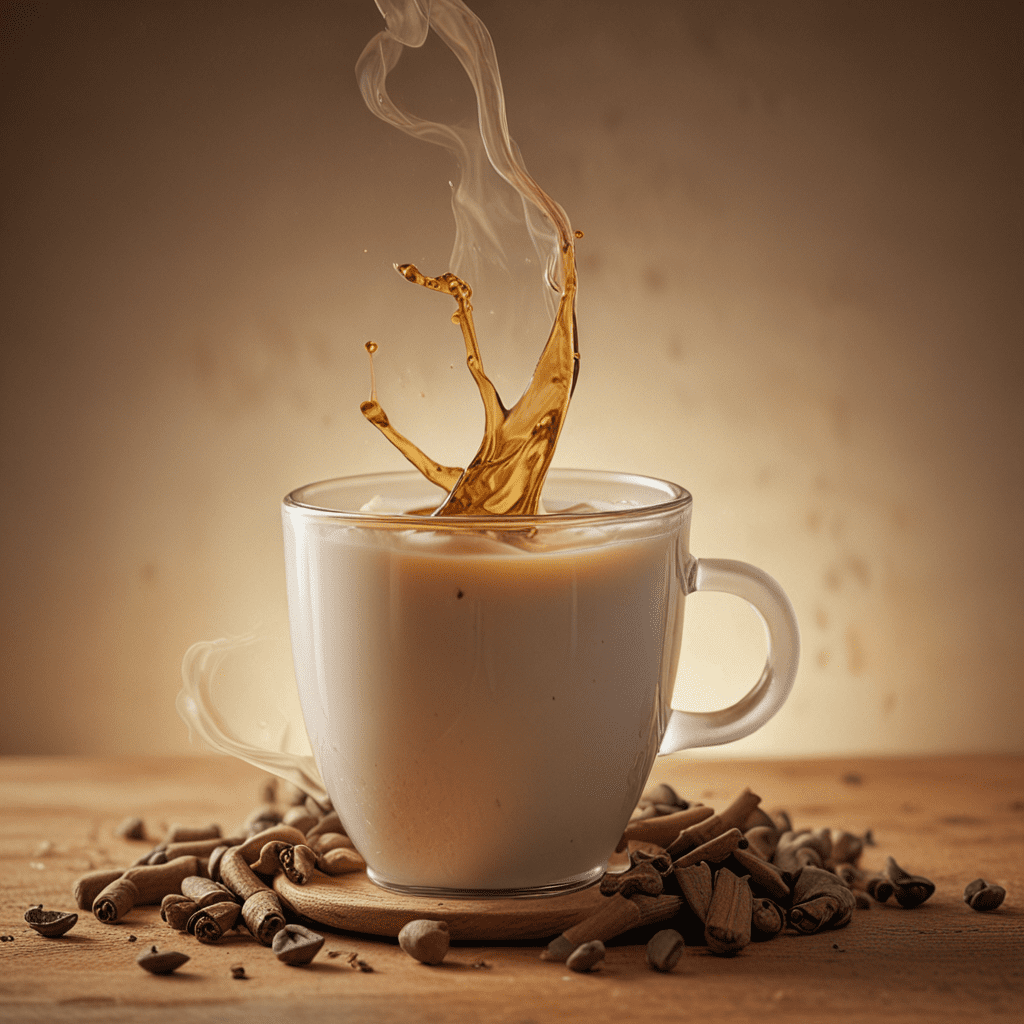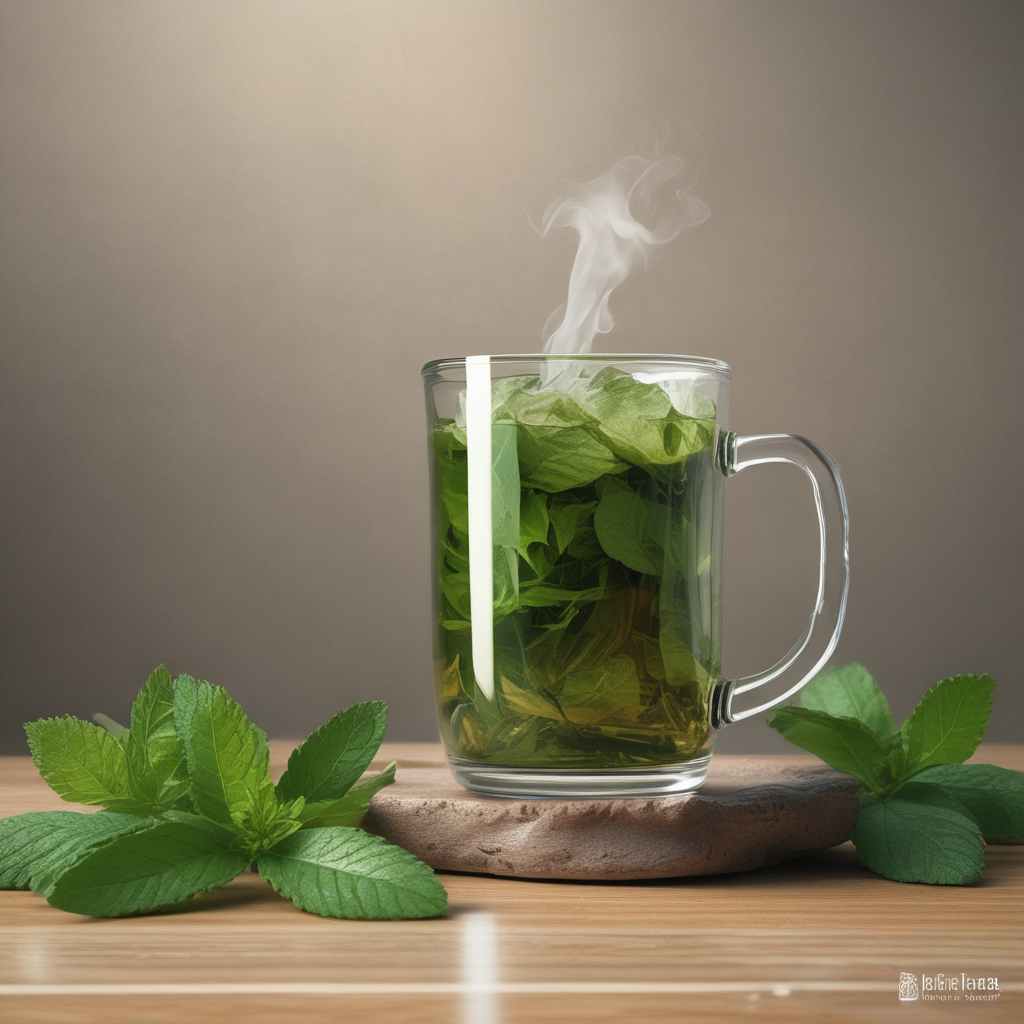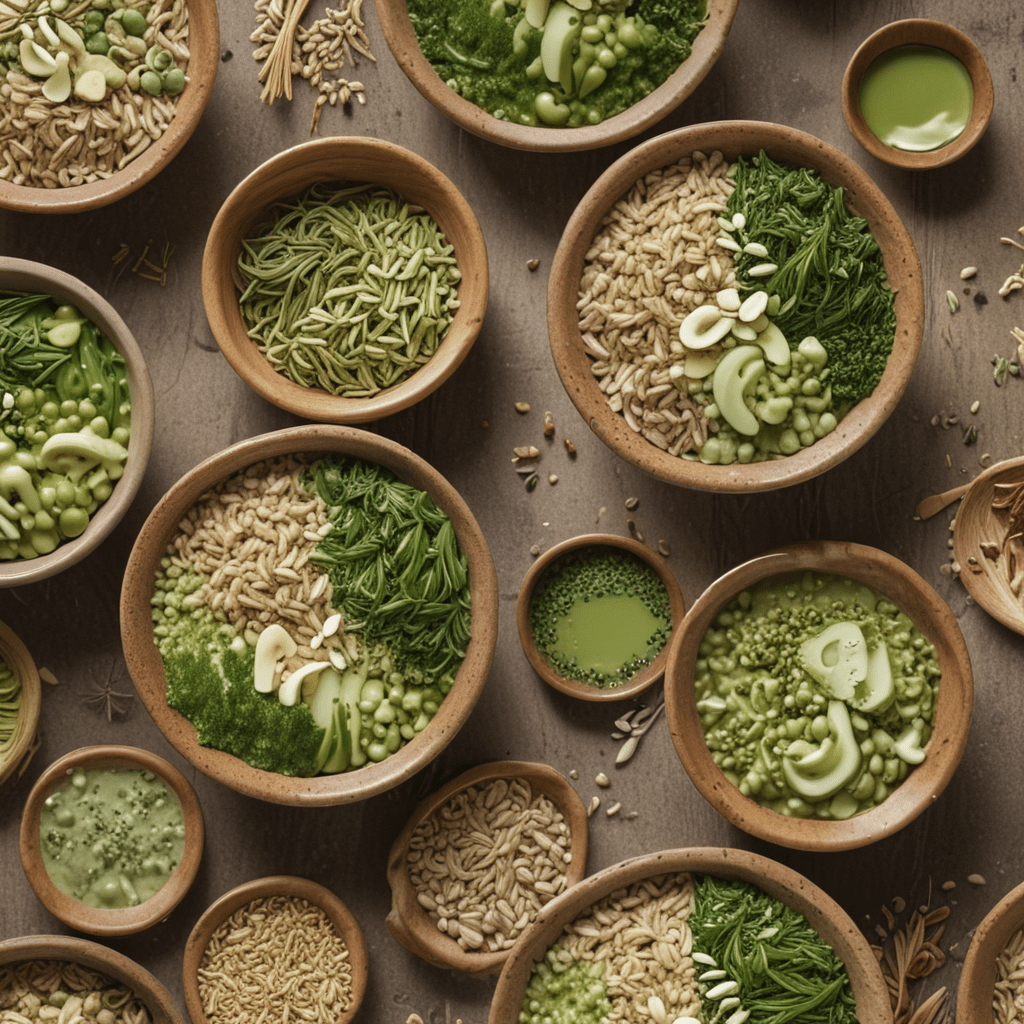Introduction: Exploring the Aromatic Delights of Chai Tea
Chai tea, an aromatic beverage with a rich history and diverse flavors, has captivated tea enthusiasts worldwide. Its warm and comforting embrace stems from a symphony of spices that dance upon the palate, leaving a lasting impression of warmth and contentment. In this comprehensive article, we embark on a journey to unravel the enchanting world of chai tea, exploring its historical origins, key ingredients, health benefits, and cultural significance.
Historical Origins: Tracing the Journey of a Timeless Beverage
The origins of chai tea can be traced back to ancient India, where it was traditionally prepared as a medicinal drink known as "ayurvedic kadha." This concoction of spices and herbs was believed to possess healing properties and was consumed to alleviate various ailments. Over time, chai evolved into a popular beverage, deeply ingrained in Indian culture and hospitality. Its popularity spread far and wide, captivating palates across the globe.
Key Ingredients: Unraveling the Symphony of Spices
Chai tea derives its distinctive flavor from a harmonious blend of spices, each contributing a unique note to the overall symphony. The most common spices used in chai include black tea, cardamom, cinnamon, ginger, and cloves. Black tea provides the base for the beverage, while cardamom imparts a warm and slightly pungent flavor. Cinnamon adds a touch of sweetness and warmth, ginger brings a zesty kick, and cloves add a hint of spice. Other spices, such as nutmeg, star anise, and fennel, may also be added to create variations in flavor.
Health Benefits: A Treasure Trove of Medicinal Properties
Beyond its delectable taste, chai tea boasts an array of potential health benefits. The spices used in chai possess antioxidant and anti-inflammatory properties, which may contribute to reducing the risk of chronic diseases such as heart disease and cancer. Ginger, in particular, has been shown to have anti-nausea and digestive benefits, making chai an ideal choice for settling an upset stomach. Additionally, the caffeine content in chai tea can provide a boost of energy and focus.
Types of Chai: Embracing Diversity in Every Sip
The world of chai tea is vast and diverse, with countless variations and regional interpretations. Some of the most popular types of chai include:
- Masala Chai: The classic Indian chai, made with a blend of black tea, cardamom, cinnamon, ginger, and cloves.
- Kashmiri Chai: A sweet and aromatic chai from the Kashmir region, often made with green tea and saffron.
- Ginger Chai: A spicy and invigorating chai with a strong ginger flavor.
- Dirty Chai: A chai latte made with a shot of espresso, resulting in a bold and caffeinated beverage.
- Chai Tea Latte: A creamy and indulgent chai made with steamed milk, creating a comforting and warming drink.
6. Preparation Methods: Brewing the Perfect Chai Experience
The art of brewing chai tea is an integral part of the experience. From traditional methods to modern techniques, there are various ways to create the perfect cup of chai. The most common method involves simmering black tea leaves with spices in milk and water. Some prefer to use a tea infuser or a muslin cloth to strain the tea, while others simply pour the brewed tea through a sieve. For a stronger flavor, the tea can be steeped for a longer period of time. Alternatively, chai tea bags provide a convenient and quick way to enjoy this aromatic beverage.
7. Culinary Versatility: Beyond the Cup, into the Kitchen
Beyond its traditional role as a warm and comforting beverage, chai tea has found its way into various culinary creations. Its unique blend of spices adds a distinctive flavor to desserts, pastries, and even savory dishes. Chai-infused cakes, cookies, and muffins offer a delightful fusion of flavors. Chefs have also incorporated chai tea into sauces, marinades, and glazes, creating innovative and flavorful dishes. The versatility of chai tea extends beyond the teacup, allowing it to enhance culinary experiences in countless ways.
8. Cultural Significance: Chai as a Symbol of Tradition and Community
Chai tea holds immense cultural significance in many parts of the world, particularly in India. It is deeply ingrained in Indian hospitality and is often served to guests as a gesture of welcome and warmth. Chai stalls are ubiquitous in Indian cities and towns, serving as social hubs where people gather to sip chai and engage in conversations. The ritual of preparing and sharing chai tea strengthens community bonds and fosters a sense of belonging.
9. Global Popularity: The Rise of Masala Chai
The popularity of chai tea has transcended borders, with masala chai becoming a global phenomenon. Its unique blend of spices and warm, comforting flavor has captivated tea enthusiasts worldwide. Masala chai is now a staple in many coffee shops, tea houses, and restaurants around the world. Its popularity has also led to the development of various chai-inspired products, such as chai lattes, chai tea concentrates, and chai-flavored desserts.
10. Conclusion: A Toast to the Aromatic Warmth of Chai
Chai tea, with its captivating blend of spices, rich history, and cultural significance, has become an indispensable part of the global tea scene. Its versatility extends beyond the teacup, inspiring culinary creations and fostering social connections. As we sip on a warm cup of chai, we can appreciate the journey it has taken from its humble origins in ancient India to its widespread popularity today. Chai tea is a testament to the enduring power of tradition, a symbol of warmth, and a celebration of the diversity of tea culture.
Frequently Asked Questions
1. What is the difference between chai tea and regular tea?
Chai tea is a blend of black tea with spices, while regular tea typically refers to unflavored black, green, or herbal teas.
2. How much caffeine is in chai tea?
The caffeine content in chai tea varies depending on the type of tea used and the brewing method. Masala chai typically contains less caffeine than regular black tea.
3. Can I make chai tea at home?
Yes, chai tea can be easily made at home using loose tea leaves and spices. Simply simmer the tea leaves and spices in milk and water for 5-10 minutes, strain, and enjoy.
4. What are the health benefits of chai tea?
Chai tea contains antioxidants and anti-inflammatory compounds that may support heart health, reduce inflammation, and boost the immune system.
5. How can I store chai tea?
Chai tea should be stored in an airtight container in a cool, dry place away from sunlight. It is best consumed within a few months.


